Home>Gardening & Outdoor>Landscaping Ideas>What Length Should Bermuda Grass Be Cut
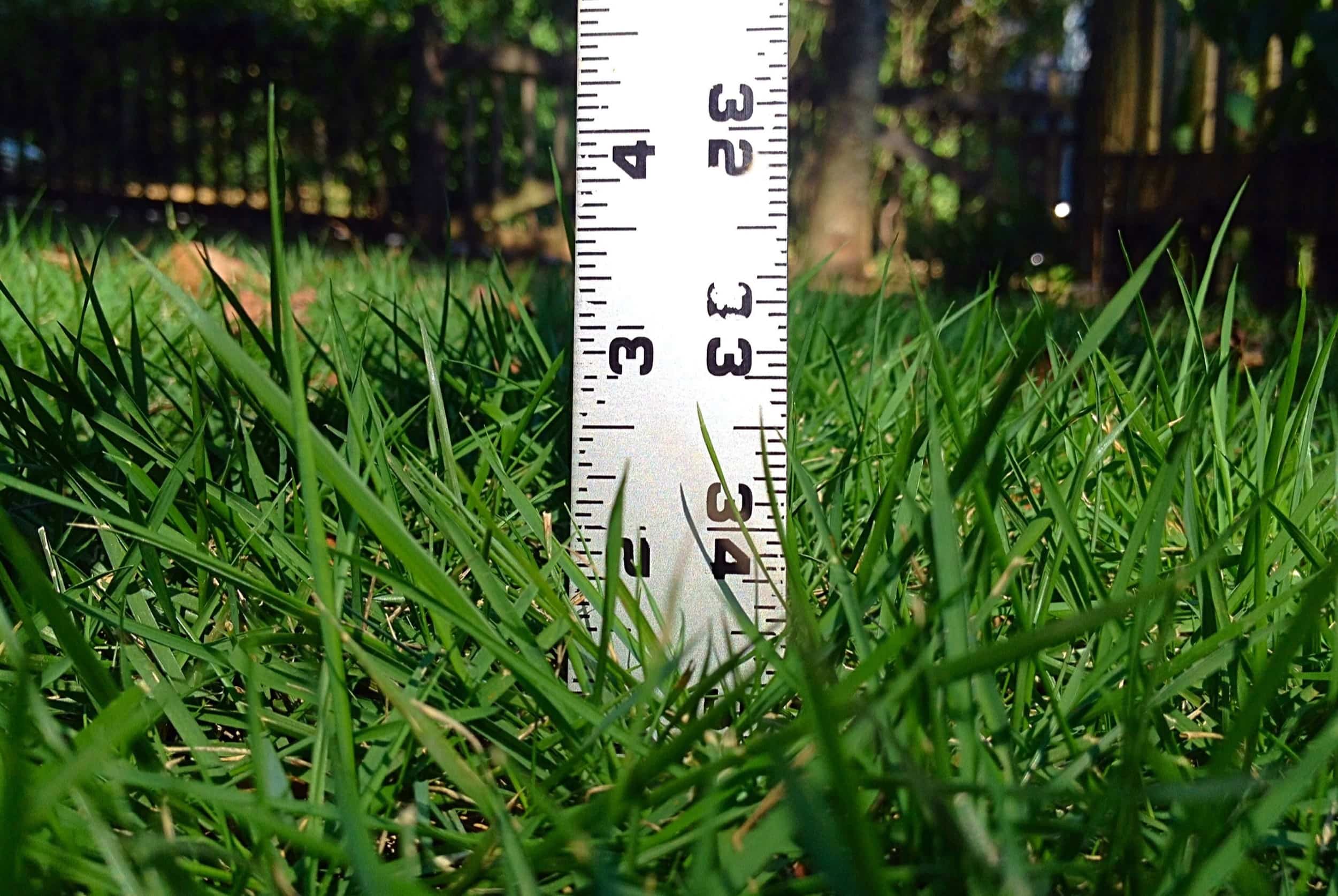

Landscaping Ideas
What Length Should Bermuda Grass Be Cut
Modified: February 18, 2024
Learn the ideal length for cutting Bermuda grass and get landscaping ideas to maintain a healthy and beautiful lawn. Find expert tips for the perfect grass length.
(Many of the links in this article redirect to a specific reviewed product. Your purchase of these products through affiliate links helps to generate commission for Storables.com, at no extra cost. Learn more)
Introduction
Welcome to the world of Bermuda grass, where lush green lawns and vibrant landscapes abound. As a homeowner or landscaping enthusiast, understanding the nuances of Bermuda grass maintenance is vital for achieving a healthy and visually appealing lawn. One of the key considerations in Bermuda grass care is the length at which it should be cut. The proper cutting length not only affects the aesthetic appeal of the lawn but also plays a crucial role in the grass’s overall health and resilience.
In this comprehensive guide, we will delve into the factors that influence the ideal length for cutting Bermuda grass, best practices for maintaining the optimal grass length, and essential tips for achieving a thriving Bermuda grass lawn. By the end of this article, you will be equipped with the knowledge and insights to elevate your lawn care routine and nurture a stunning Bermuda grass landscape.
Key Takeaways:
- Maintain Bermuda grass at a cutting height of 0.5 to 1.5 inches for a lush, resilient lawn that withstands foot traffic and resists weed encroachment.
- Implement best practices like regular maintenance, sharp mower blades, and varied mowing patterns to nurture a vibrant Bermuda grass landscape.
Read more: What Length To Cut Grass In Fall
Factors to Consider
Before determining the ideal length for cutting Bermuda grass, it’s essential to consider several factors that can impact this decision. Understanding these factors will enable you to make informed choices and tailor your lawn care practices to the specific needs of Bermuda grass.
- Grass Variety: Bermuda grass encompasses several varieties, each with its own growth habits and ideal cutting heights. Factors such as the specific type of Bermuda grass in your lawn and its natural growth patterns will influence the recommended cutting length.
- Climate and Region: The climate and region in which your lawn is situated play a significant role in determining the optimal grass length. Warmer climates may necessitate different cutting heights compared to cooler regions, as Bermuda grass adapts to varying environmental conditions.
- Growth Rate: Understanding the growth rate of Bermuda grass is crucial. Some varieties exhibit rapid growth, while others have a more moderate growth pattern. The growth rate influences how frequently you need to mow and the ideal length to maintain for a healthy lawn.
- Seasonal Variations: Bermuda grass responds differently to seasonal changes. During the active growing season, the cutting height may differ from the dormant or transitional periods. Adapting the cutting length based on seasonal variations is essential for promoting the grass’s overall well-being.
- Soil Conditions: The quality and composition of the soil in your lawn can impact Bermuda grass growth. Factors such as soil fertility, drainage, and moisture levels can influence the grass’s health and, consequently, the recommended cutting height.
By taking these factors into account, you can gain a deeper understanding of the unique characteristics of your Bermuda grass and make informed decisions regarding the most suitable cutting length for your lawn.
Ideal Length for Bermuda Grass
When it comes to Bermuda grass, the ideal cutting length is a pivotal aspect of lawn maintenance. Achieving the perfect balance in grass height is crucial for promoting healthy growth, vibrant color, and overall resilience. While the specific ideal length may vary based on factors such as grass variety and regional climate, there are general guidelines that can serve as a valuable starting point for maintaining Bermuda grass at an optimal height.
For most varieties of Bermuda grass, a recommended cutting height falls within the range of 0.5 to 1.5 inches (1.3 to 3.8 cm). This relatively low cutting range is characteristic of Bermuda grass’s dense and low-growing nature. Maintaining Bermuda grass at a shorter length not only enhances its visual appeal but also contributes to its ability to withstand foot traffic, recover from stress, and resist weed encroachment.
During the active growing season, particularly in warmer climates, aiming for the lower end of the cutting height range can help promote lateral growth and create a dense, lush lawn. However, it’s essential to avoid excessively scalping the grass, as this can lead to stress and vulnerability to environmental pressures. On the other hand, during periods of reduced growth or dormancy, slightly raising the cutting height within the recommended range can provide added insulation and protection for the grass.
It’s important to note that the ideal cutting length may slightly vary based on the specific variety of Bermuda grass in your lawn. Some hybrid Bermuda grass types, such as TifTuf and Celebration, may have nuanced preferences regarding cutting height, and it’s beneficial to consult variety-specific recommendations when available.
By adhering to the general cutting height guidelines and considering the unique attributes of your Bermuda grass variety, you can establish an optimal length that fosters a resilient, vibrant, and visually striking lawn.
Bermuda grass should be cut to a height of 1-1.5 inches for a well-maintained lawn. Cutting it too short can stress the grass, while cutting it too tall can lead to thatch buildup.
Best Practices for Cutting Bermuda Grass
Effective lawn care involves more than just mowing the grass; it encompasses a holistic approach that considers various factors to ensure the health and vitality of Bermuda grass. When it comes to cutting Bermuda grass, implementing best practices is essential for nurturing a thriving lawn and maximizing the grass’s potential. By integrating these best practices into your lawn maintenance routine, you can elevate the overall quality and appearance of your Bermuda grass landscape.
- Regular Maintenance: Consistent and regular mowing is key to promoting healthy Bermuda grass. During the active growing season, aim to mow the grass frequently enough to maintain the recommended cutting height without removing more than one-third of the grass blade in a single mowing session.
- Sharp Mower Blades: Keeping your mower blades sharp is crucial for achieving clean and precise cuts. Dull blades can tear the grass, leading to a frayed appearance and increased susceptibility to stress and diseases. Regularly sharpening or replacing mower blades is essential for maintaining Bermuda grass health.
- Mowing Patterns: Varying the mowing direction and patterns can prevent soil compaction and promote upright grass growth. Alternating the mowing direction with each session helps prevent the grass from developing a lean in one particular direction, resulting in a more uniform and visually appealing lawn.
- Clipping Management: Allowing grass clippings to remain on the lawn, when appropriately dispersed, can provide valuable nutrients to the soil and contribute to organic matter. This natural mulching process helps nourish the grass and minimizes the need for additional fertilization.
- Mowing Height Adjustments: Adapting the cutting height based on seasonal variations and growth rates is essential. During periods of rapid growth, such as in warmer months, maintaining the grass at the lower end of the recommended cutting range can encourage lateral growth and denser turf.
- Timing Considerations: Mowing Bermuda grass when it’s dry and avoiding mowing during extreme heat can prevent stress and damage to the grass. Optimal mowing times, typically in the morning or late afternoon, contribute to a healthier lawn and minimize the risk of heat-related stress.
By incorporating these best practices into your Bermuda grass maintenance routine, you can foster a resilient, visually appealing lawn that thrives in its natural environment. Consistent care, attention to detail, and a proactive approach to lawn maintenance are key elements in achieving the full potential of Bermuda grass.
Conclusion
As we conclude our exploration of the ideal length for cutting Bermuda grass, it’s evident that this seemingly simple aspect of lawn care holds significant implications for the health, appearance, and resilience of your Bermuda grass landscape. By considering the diverse factors that influence cutting height, understanding the general guidelines for ideal grass length, and implementing best practices for mowing, you can elevate your lawn care routine and nurture a vibrant and thriving Bermuda grass lawn.
Throughout this guide, we’ve emphasized the importance of tailoring your approach to cutting Bermuda grass based on factors such as grass variety, climate, growth patterns, and soil conditions. These considerations underscore the dynamic nature of Bermuda grass maintenance and the value of adapting your practices to meet the specific needs of your lawn.
By adhering to the recommended cutting height range of 0.5 to 1.5 inches (1.3 to 3.8 cm) for most Bermuda grass varieties, you can promote dense growth, vibrant color, and resilience in the face of environmental stressors. Additionally, integrating best practices such as regular maintenance, sharp mower blades, varied mowing patterns, and strategic clipping management contributes to the overall well-being of your Bermuda grass lawn.
As you embark on your journey to cultivate a stunning Bermuda grass landscape, remember that attentive care, informed decision-making, and a proactive approach are instrumental in achieving the full potential of your lawn. By nurturing your Bermuda grass with the knowledge and insights gained from this guide, you are poised to create a visually striking, healthy, and enduring lawn that enhances the beauty of your outdoor space.
Embrace the art and science of Bermuda grass maintenance, and let your lawn flourish as a testament to your dedication and expertise in nurturing nature’s vibrant carpet: Bermuda grass.
Frequently Asked Questions about What Length Should Bermuda Grass Be Cut
Was this page helpful?
At Storables.com, we guarantee accurate and reliable information. Our content, validated by Expert Board Contributors, is crafted following stringent Editorial Policies. We're committed to providing you with well-researched, expert-backed insights for all your informational needs.
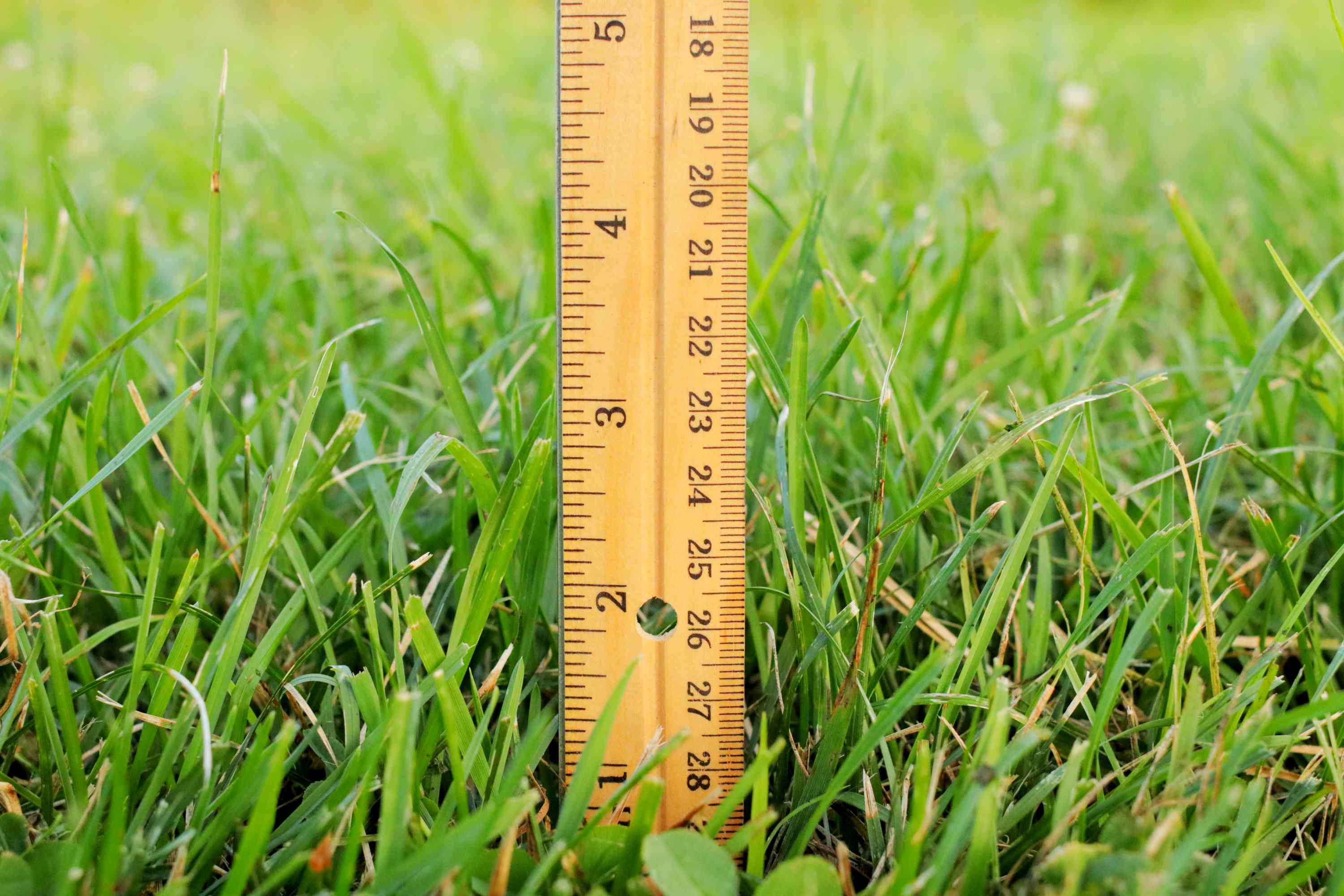
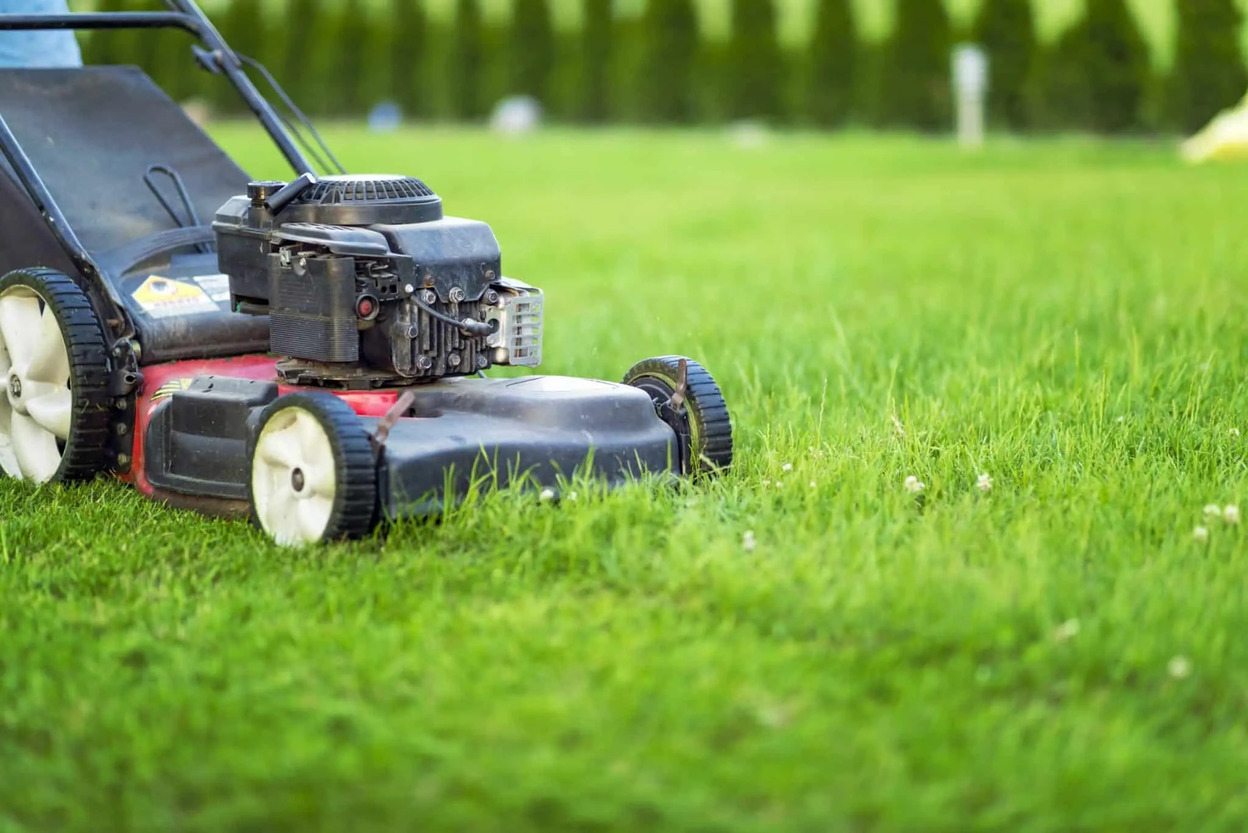
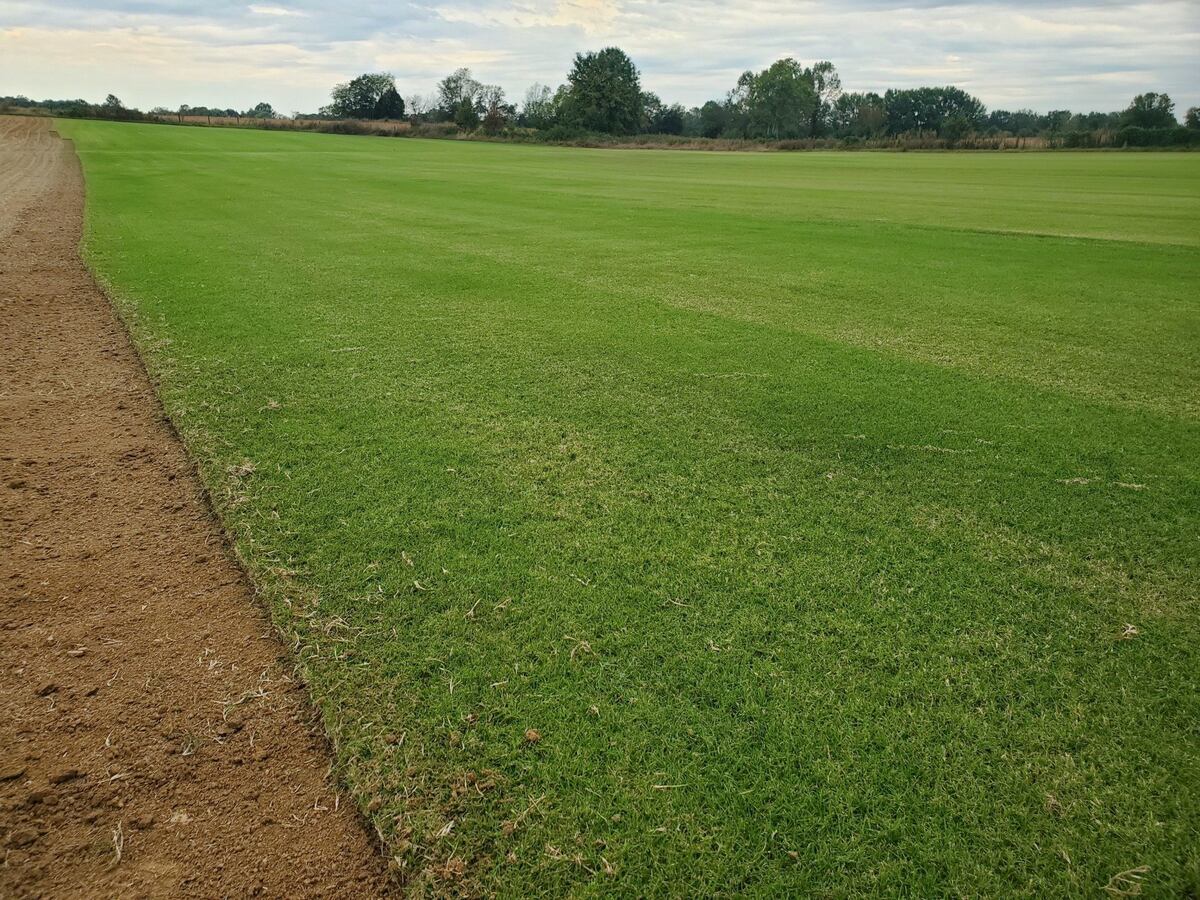
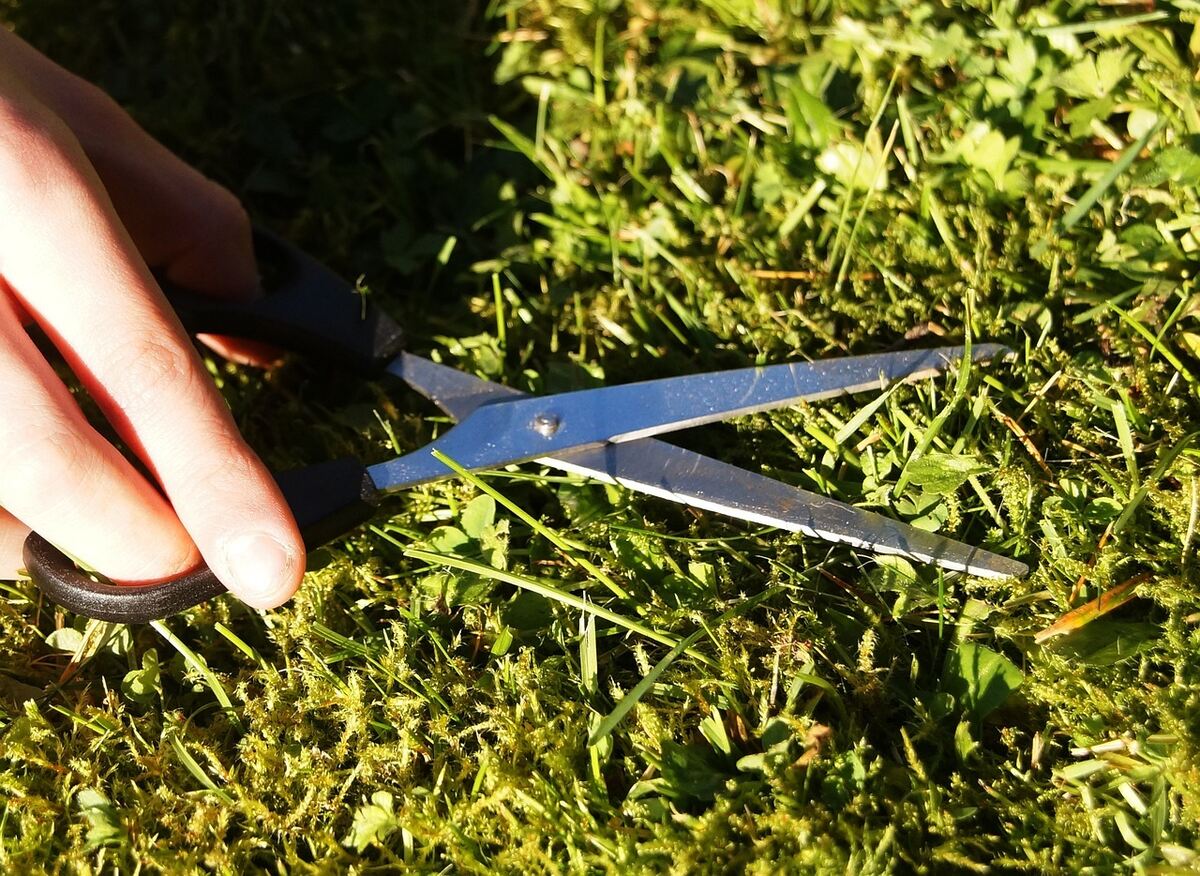
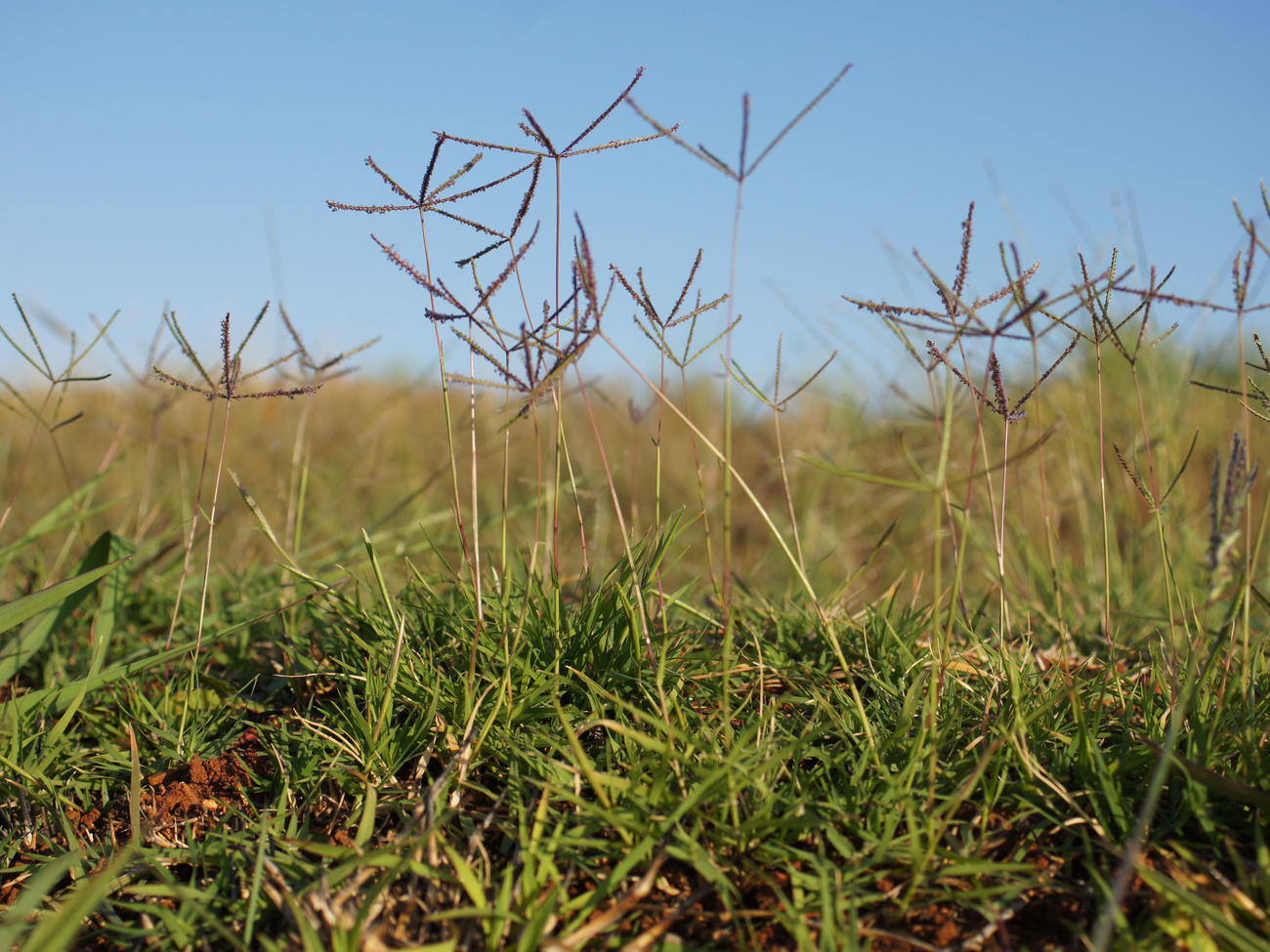
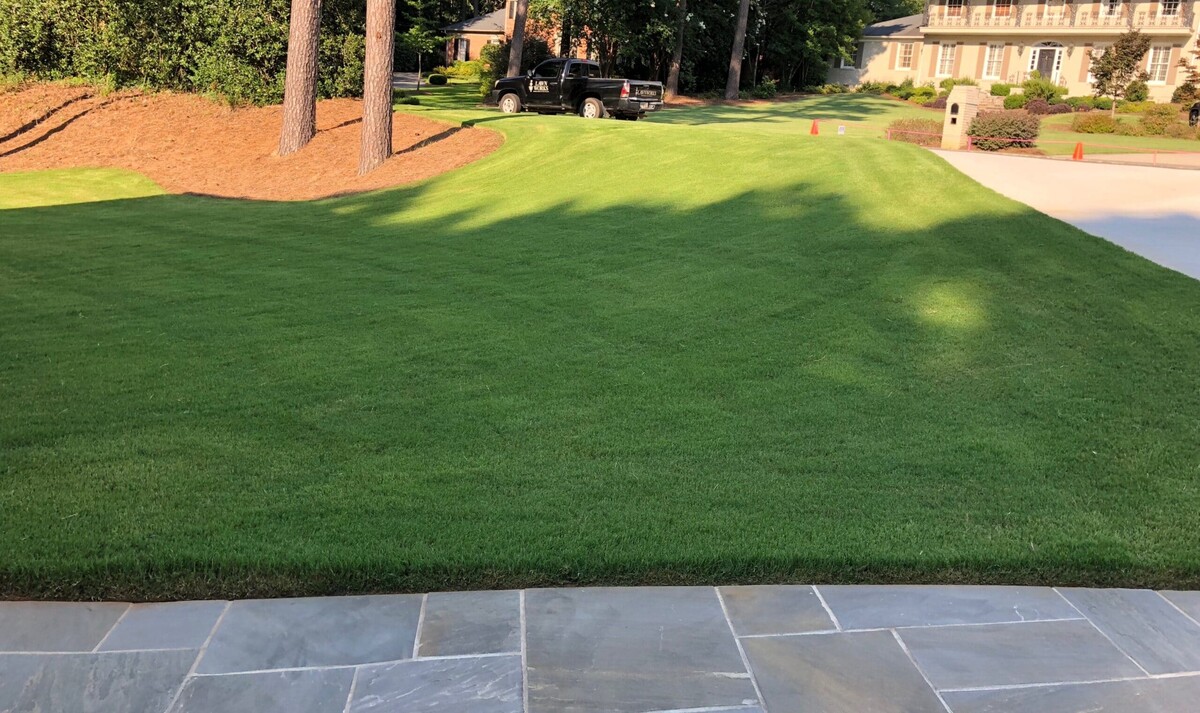
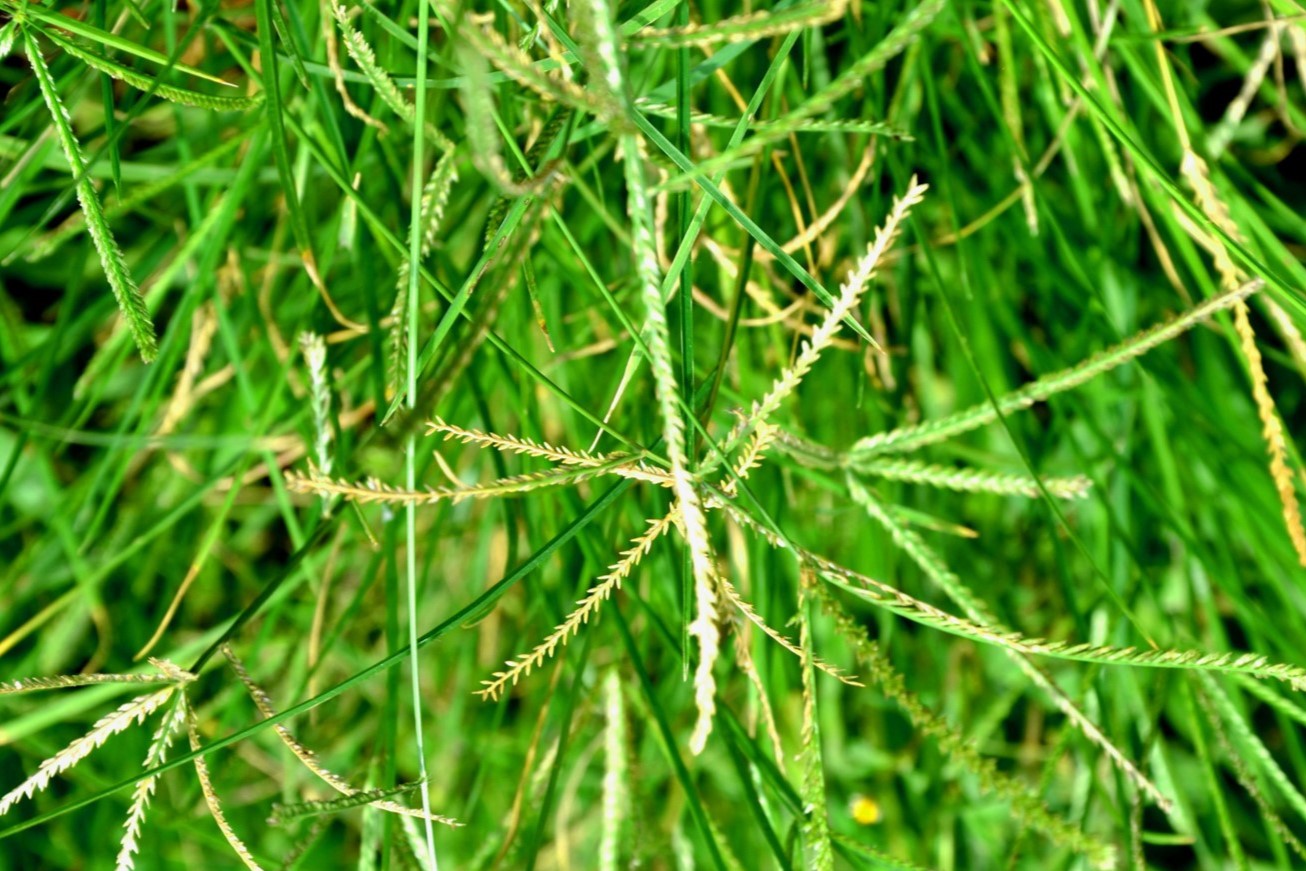
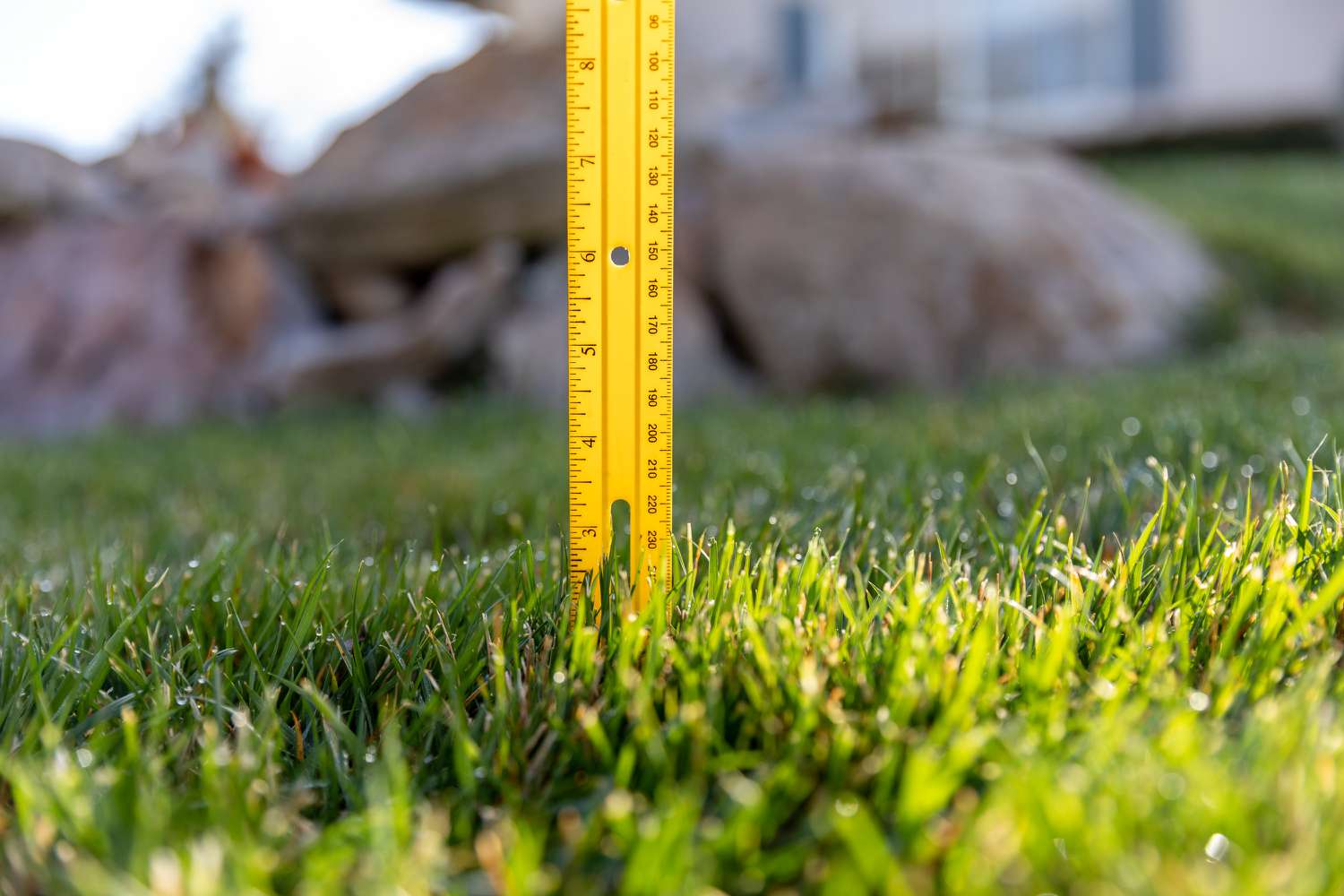
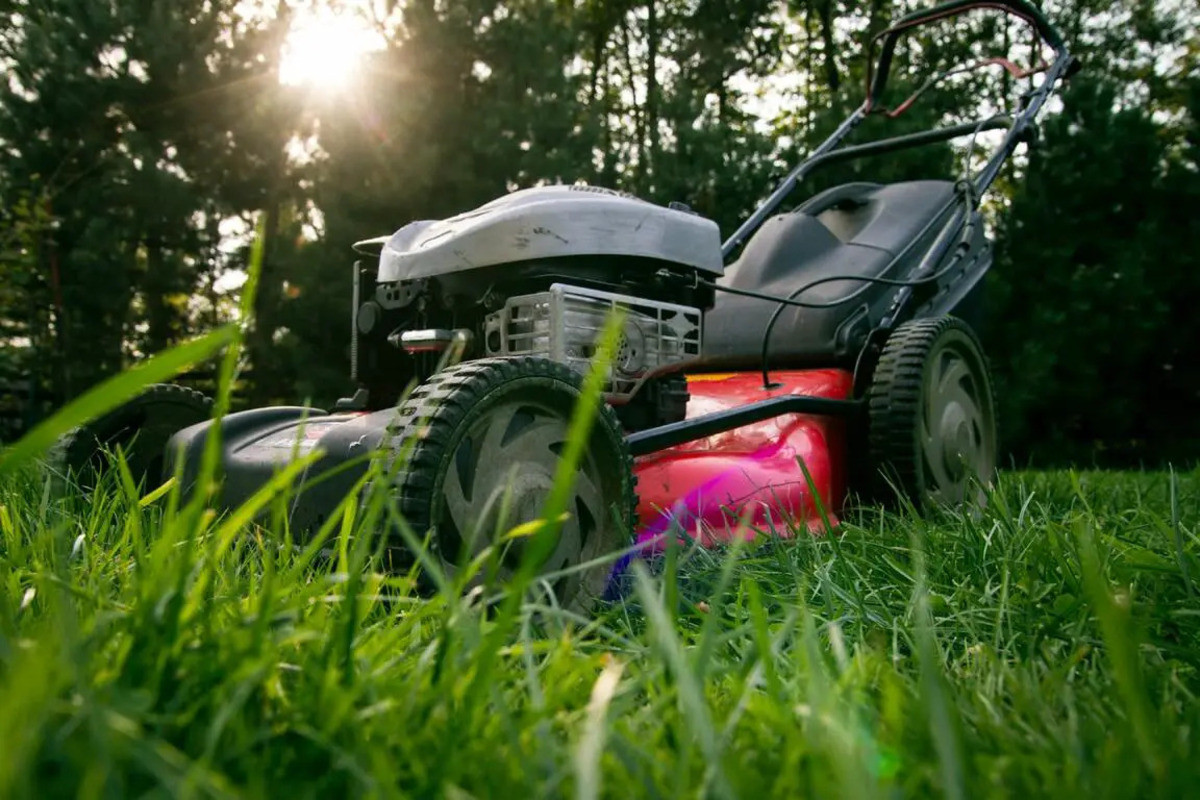
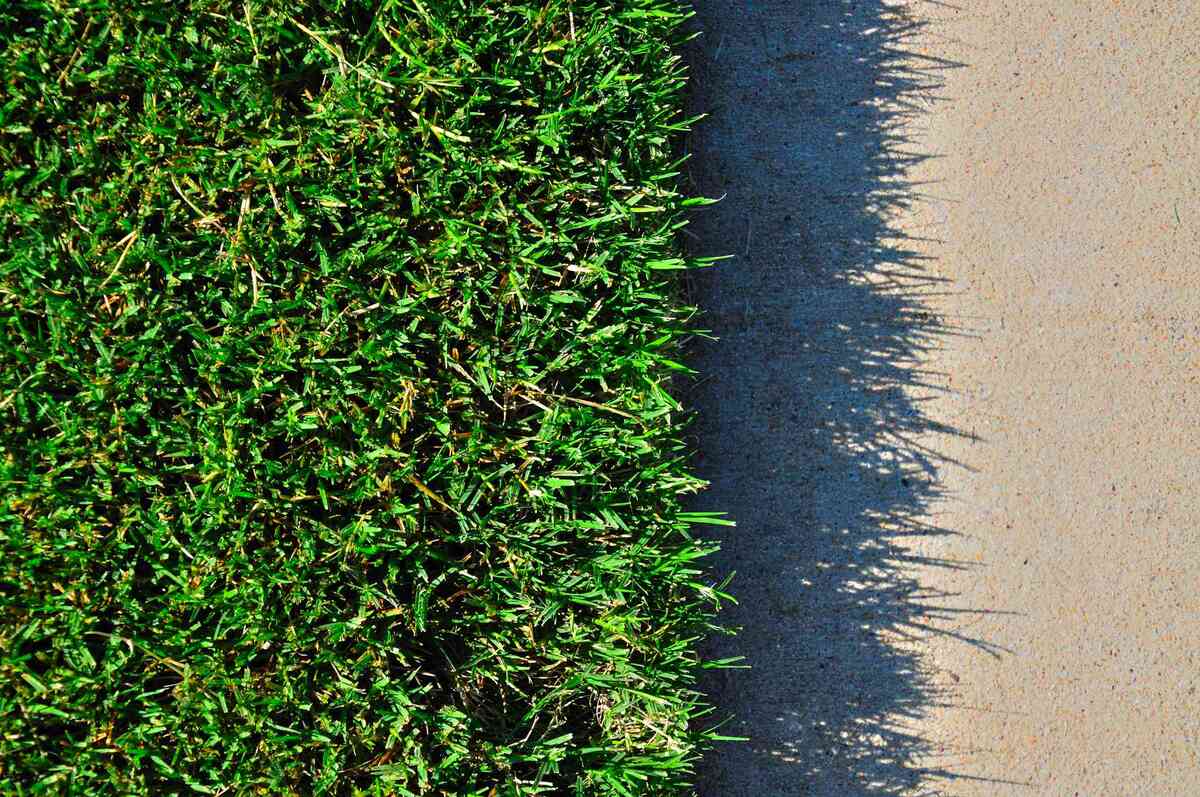

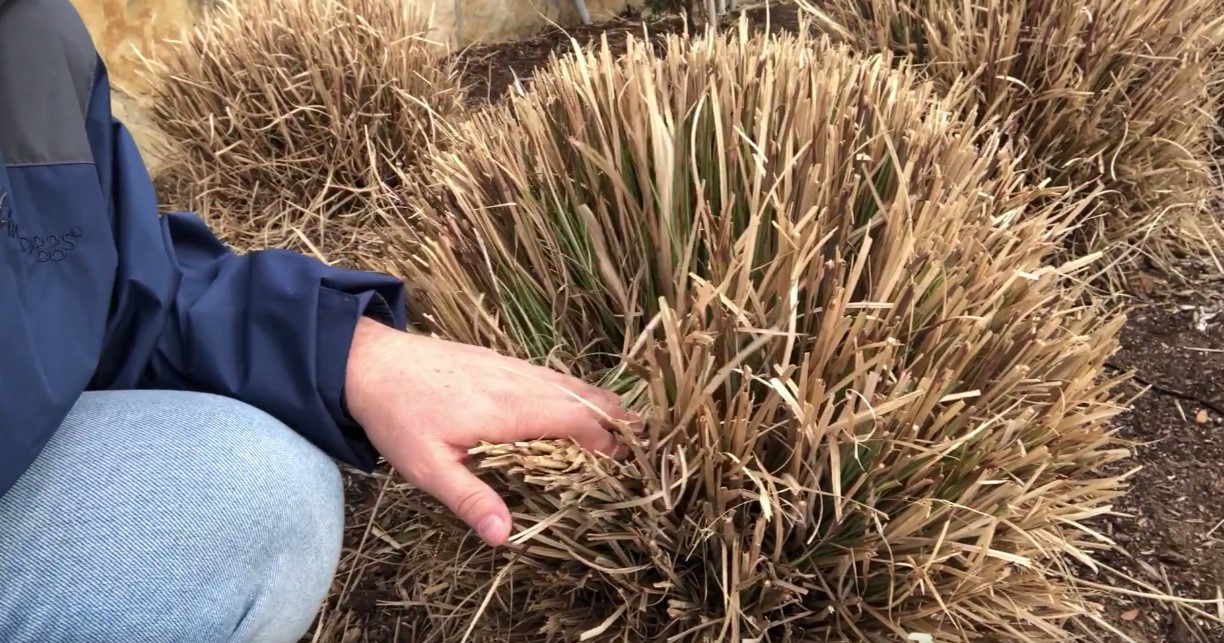
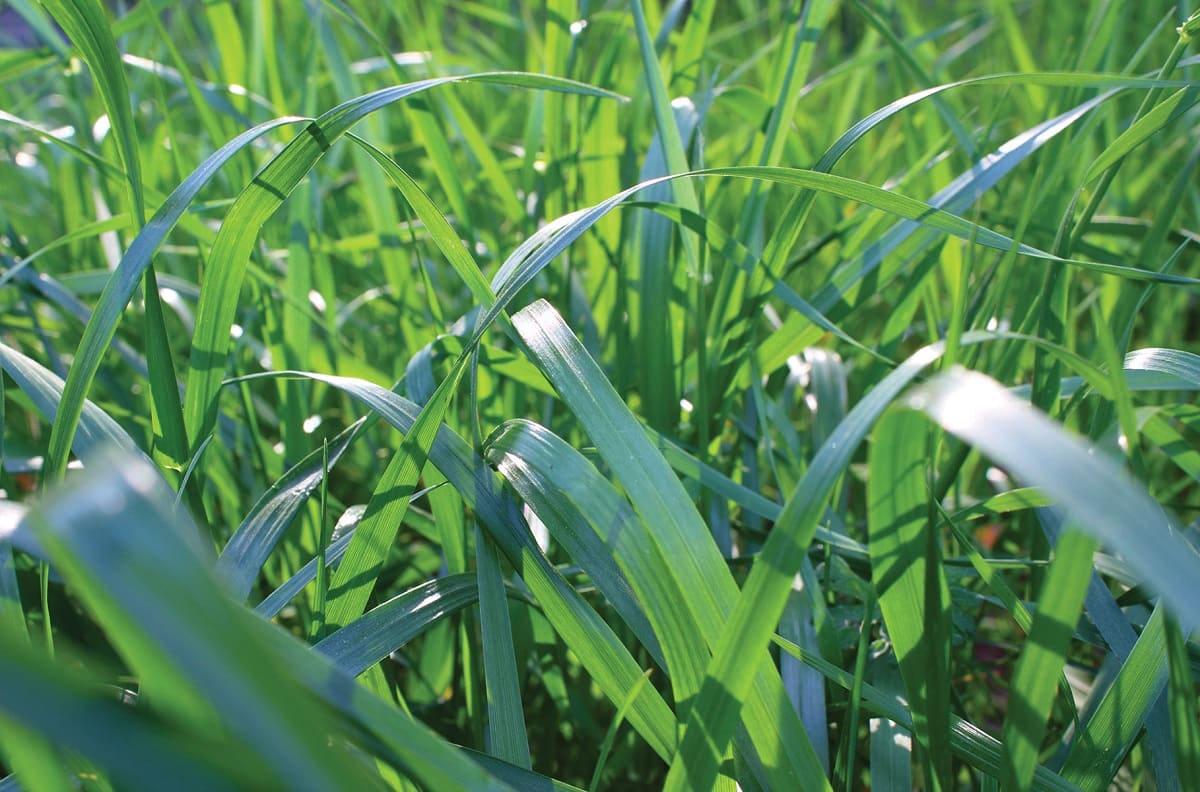
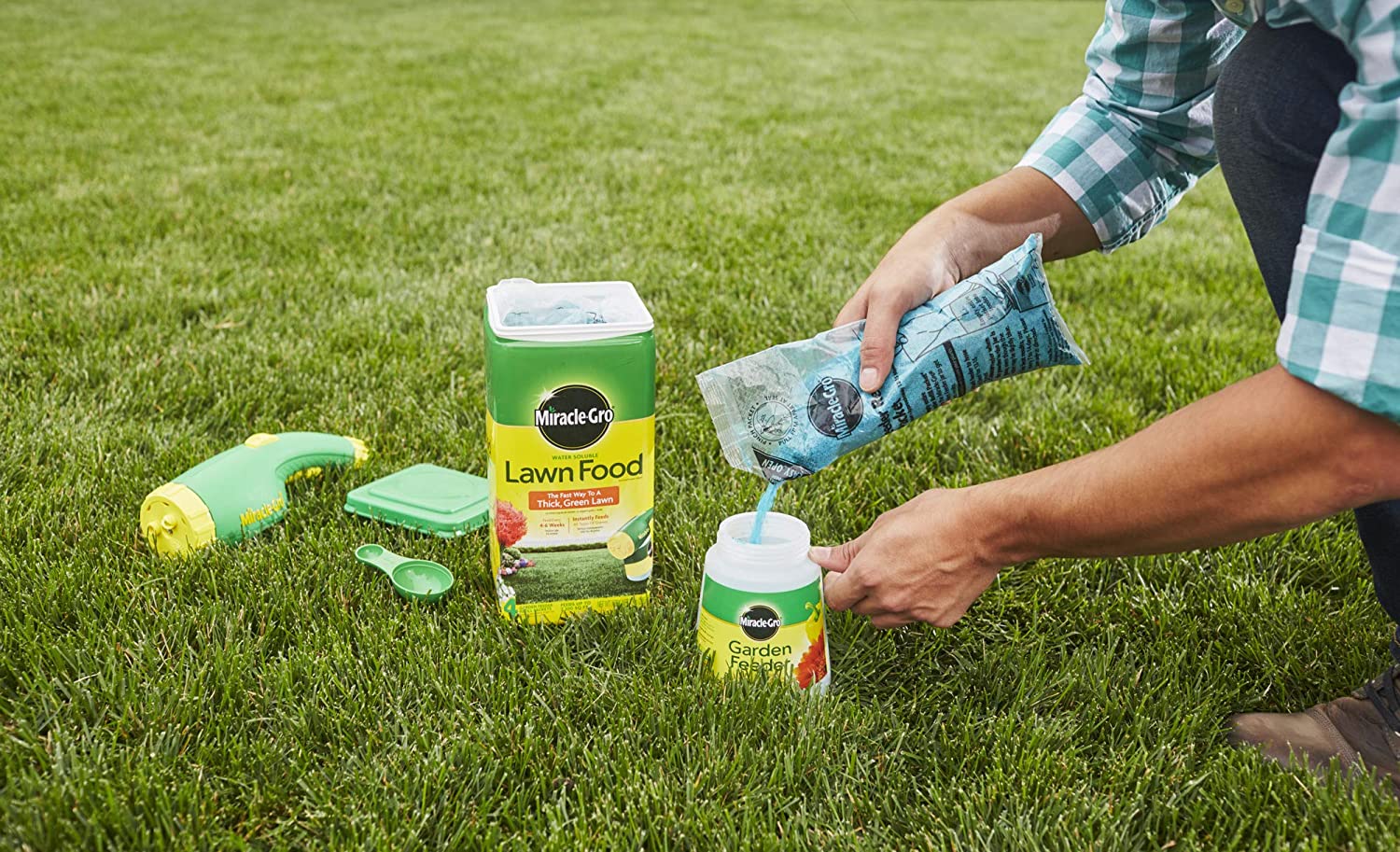
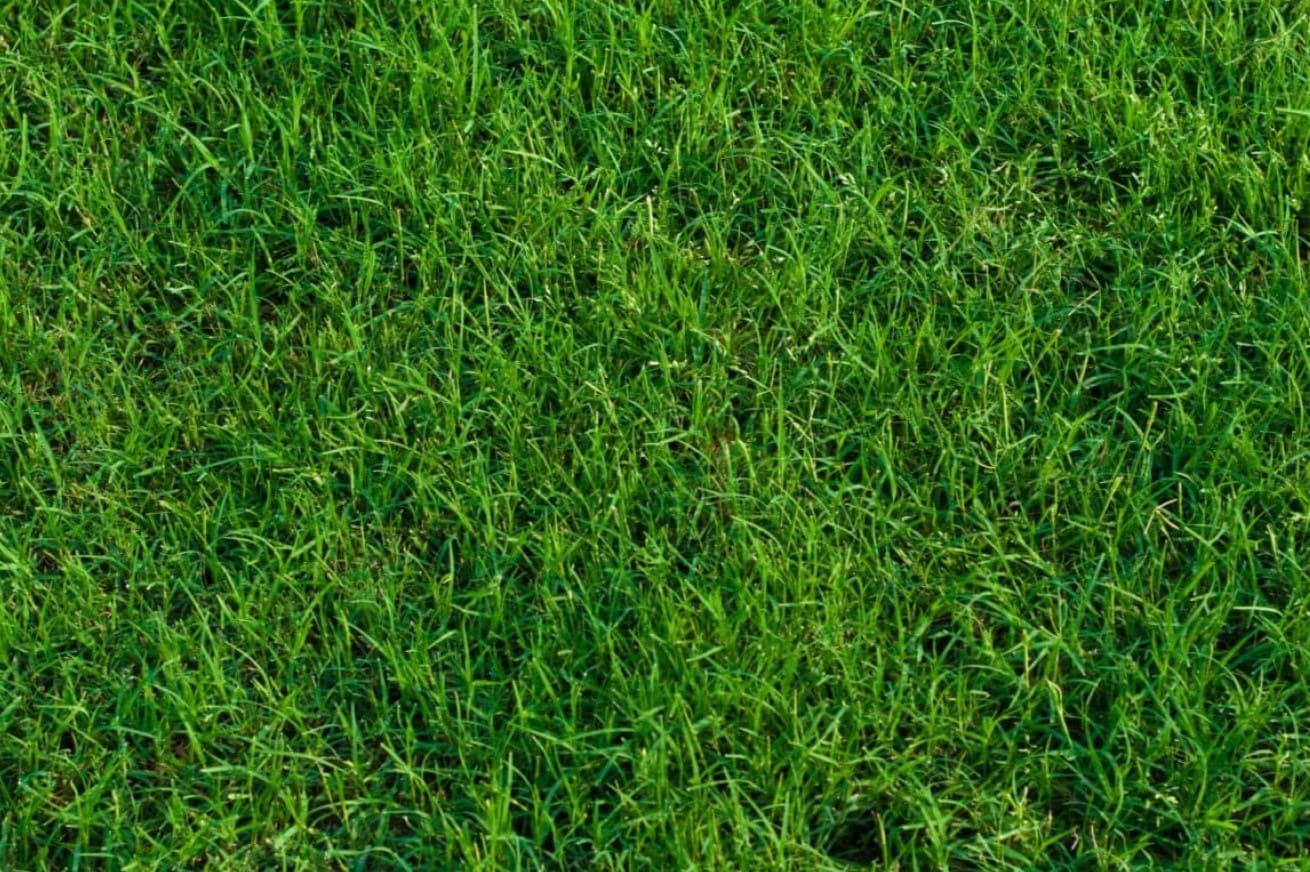

0 thoughts on “What Length Should Bermuda Grass Be Cut”